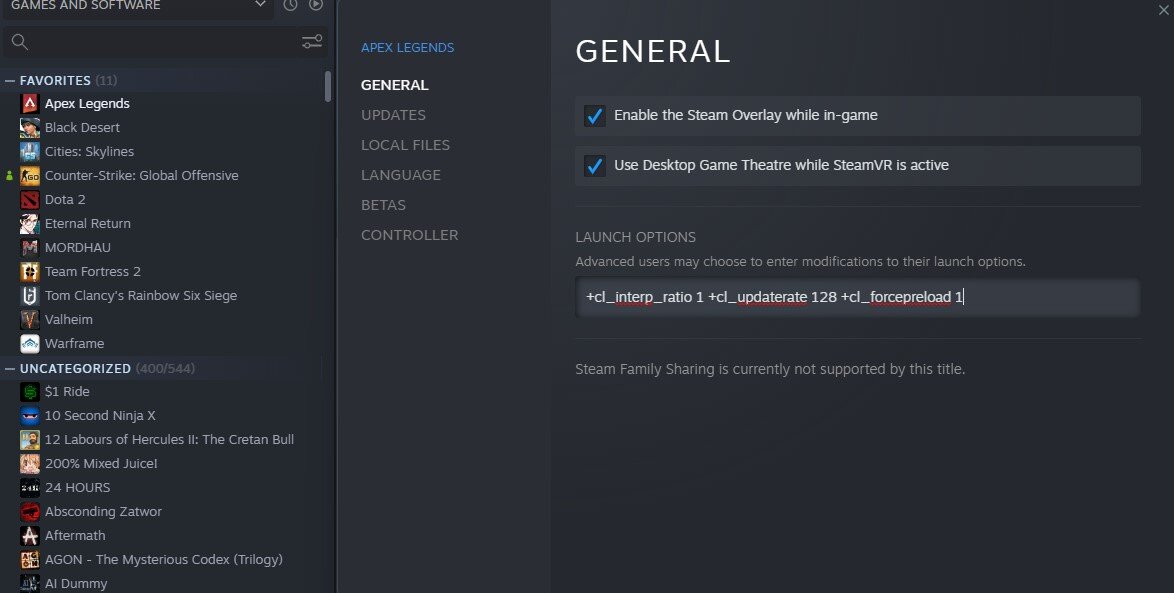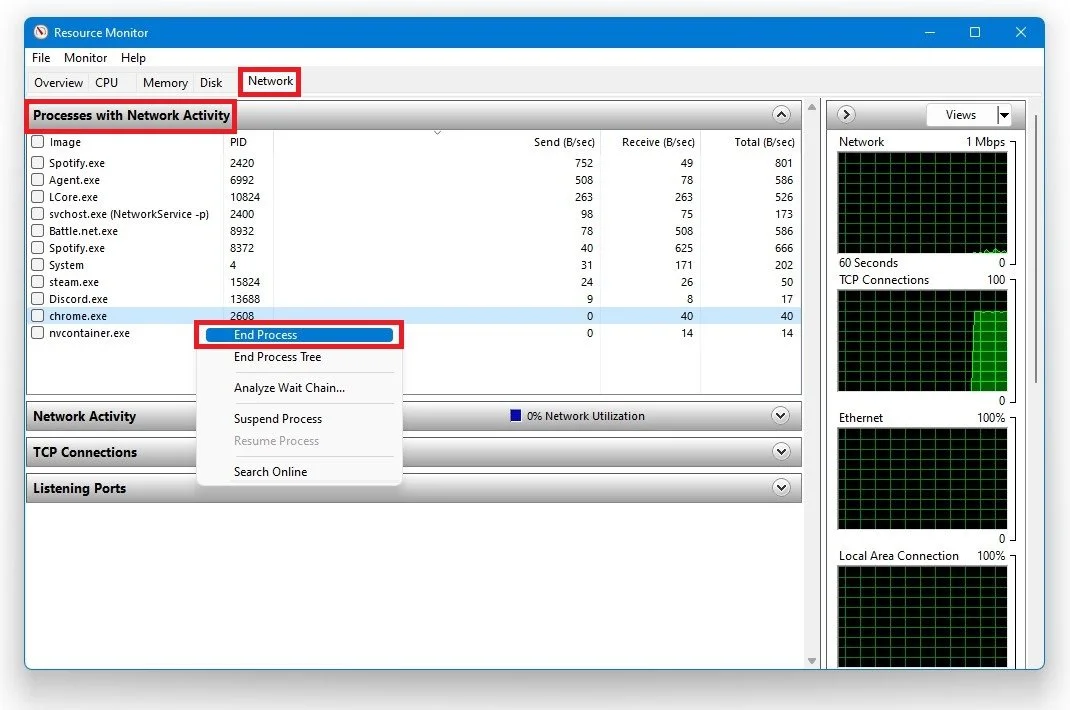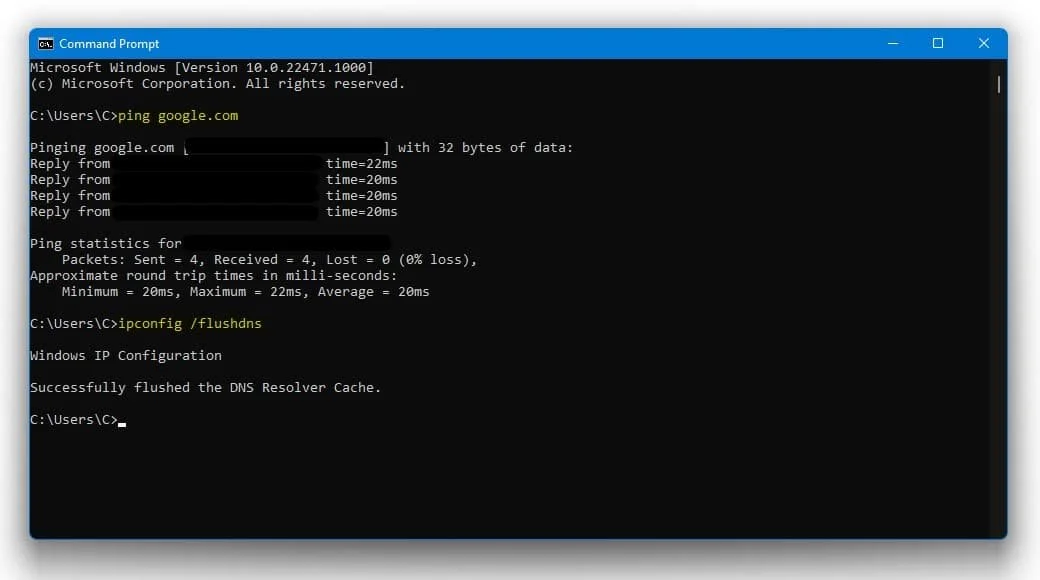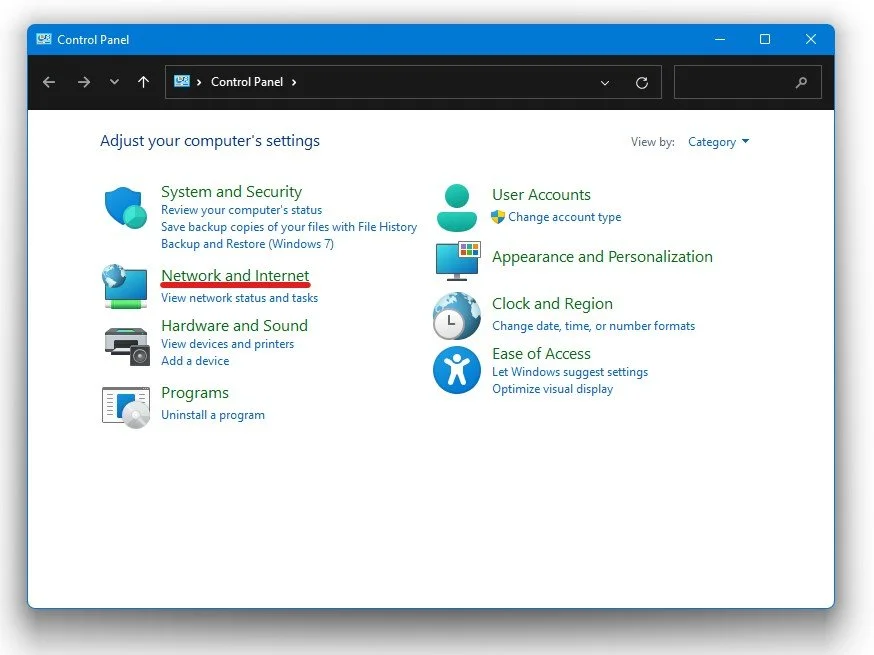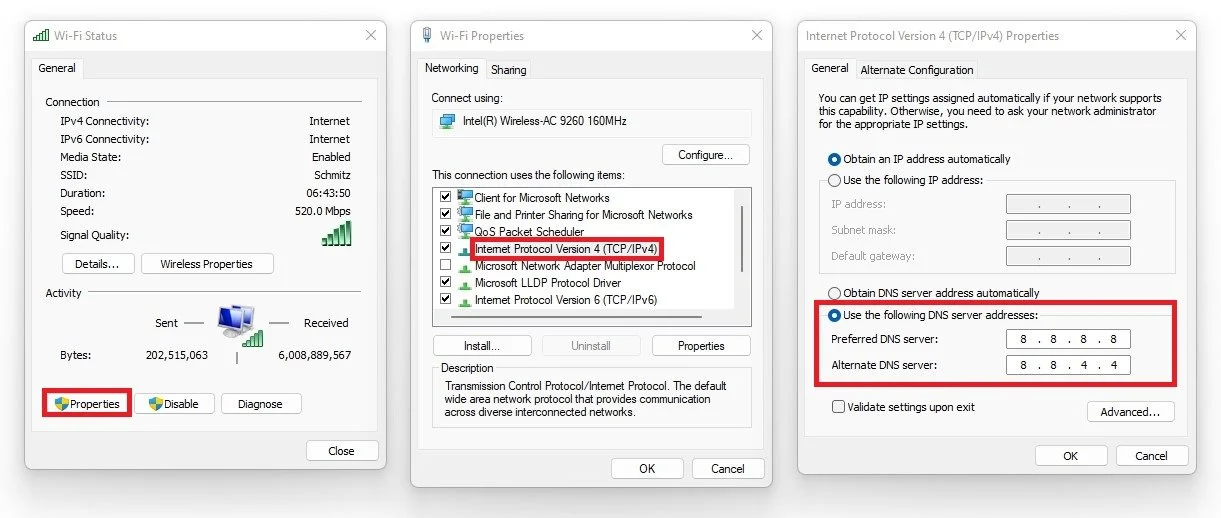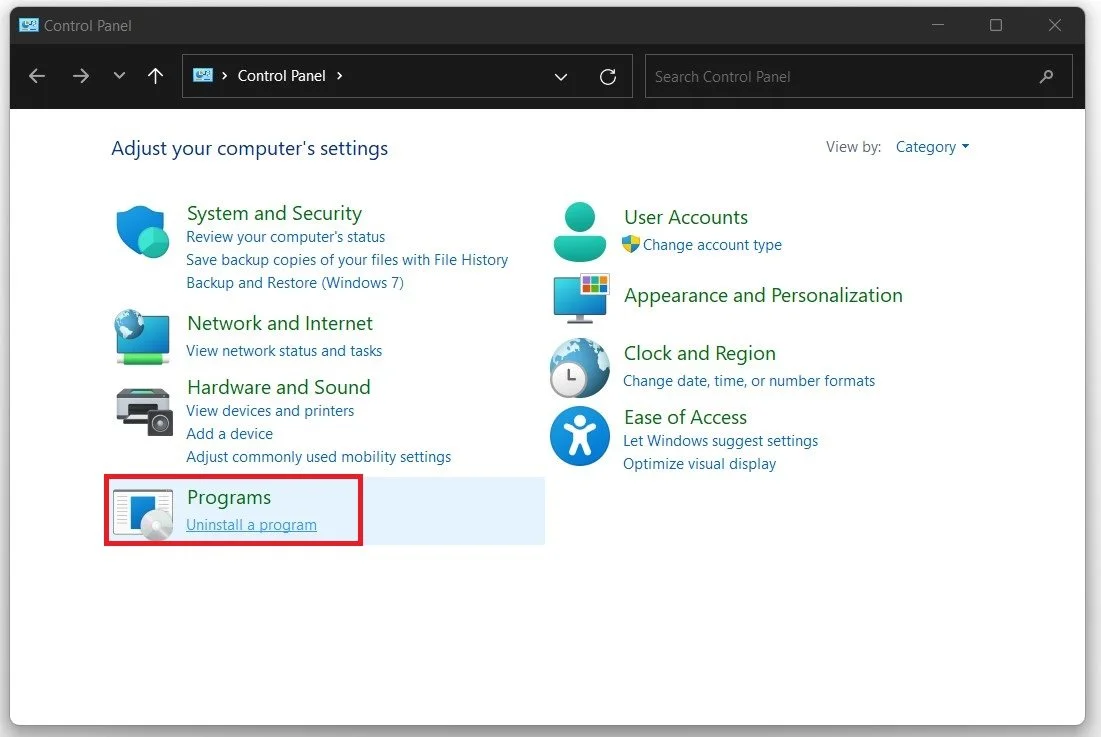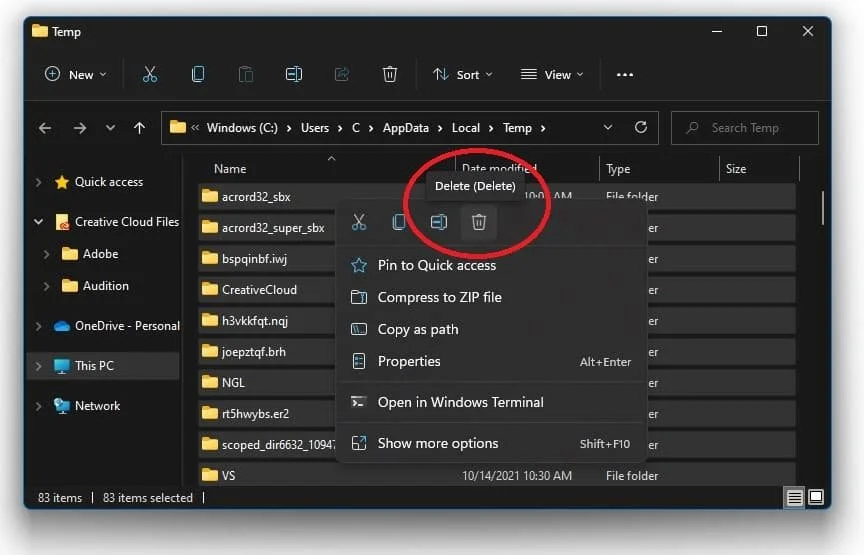Apex Legends - How To Fix Network Lag, Stuttering & Packet Loss
Are you tired of experiencing network lag, stuttering, and packet loss while playing Apex Legends? As one of the most popular battle royale games, Apex Legends can be frustrating to play when experiencing these issues. However, don't worry, as there are ways to fix these problems and enjoy a smooth gaming experience. This article will discuss some effective methods to fix network lag, stuttering, and packet loss in Apex Legends. By following our tips and tricks, you can optimize your gameplay and take your gaming experience to the next level.
Enable the Server Latency & Performance Display in Apex Legends
Open up Apex Legends and navigate to your in-game settings. In the Gameplay tab, make sure to toggle the Performance Display option. This will give you a new HUD element in the top right corner of your screen while in-game, showing your server latency. This will help you troubleshoot if the issue is server sided or because of your connection.
Apex Legends > Settings > Gameplay > Performance Display
Use Launch Options for Apex Legends
Next, close Apex Legends and open up your Steam library. Right-click Apex Legends and select Properties.
Steam library > Apex Legends > Properties
On the window, in the General tab you have the option to add launch options, settings that can not otherwise be changed in your in-game settings. The commands entered into this dialogue box will be applied every time you launch the game. Make sure to copy these launch options:
+cl_interp_ratio 1
+cl_updaterate 128
+cl_forcepreload 1
In case you feel like these will induce lag or otherwise worsen your connection, you can always delete them later on.
Add the three launch options to potentially improve your connection to the Apex Legends game server
Verify the Apex Legends Server Status
If you are experiencing high server-side latency, the problem may not be with you, but with the server, you are playing on. Make sure the servers are working properly by visiting this page.
Apex Legends server outages reported
Test and Improve your Internet Connection
Click here to test your connection. Using Speed-Test services to preview the approximate up- & download speed of your connection and the latency to their server can help a lot in figuring out if network-related issues are caused by your connection or by the server you’re trying to connect to. On www.speedtest.net, ensure that your latency (ping) averages below 100 ms. A connection with high latency will induce packet loss to the server and create lag and rubberbanding while in-game.
Use an ethernet cable to connect to your PC to improve your network connection. In case you are forced to use a wireless connection, restart your router (or modem) if you haven’t done this in a while and reduce the number of devices connected to the same network.
Test your connection to the closest server
End Network-Intensive Processes
Access your Resource Monitor by opening up your Task Manager. Right-click your taskbar to open up your Task Manager. Under “Performance” select Open Resource Monitor. On the new resource monitor window, open the Network tab, where you must open the Processes with network activity. After a few seconds you will see every process using your network connection on your system. This might be your browser running in the background, Steam, or a download bottlenecking your connection. We suggest you only end the processes you know won't break your operating system. In the tab below, you can preview your network utilization in percentage.
Resource Monitor > Network > Processes with Network Activity
Windows Command Prompt
Open up your command prompt by searching for CMD in your taskbar search. The next two commands will help you test and improve your latency and packet loss in case your connection is inducing any.
ping google.com
This command will simply check your latency and packet loss to Google’s servers. You can also ping another server, but the ping google.com command has become somewhat of a benchmark in recent years.
ipconfig /flushdns
This command will reset your network connection by flushing its DNS resolver cache. This command will help improve your latency issues.
Command Prompt
Change DNS Server Addresses
Your DNS server address connection can cause network-related issues. We will change this step, as it should help many users with network problems. Use the shortcut Windows Key + R, and in the dialogue box, enter Control and hit enter.
Run > Control
This will open up your Control Center. Navigate to Network & Internet, Network & Sharing Center, and there, select your connection.
Control Center > Network and Internet
Navigate to Properties, and lastly, double-click the Internet Protocol Version 4 as you can preview on the screenshot below. Select to Use the following DNS server addresses option, and as your preferred DNS server, use: 8.8.8.8 as your alternate DNS server, use: 8.8.4.4
Use the following DNS server addresses
Additional Steps to Reduce Network Lag and High Latency
Close Malware & Other Applications
We suggest removing malware and prevent applications from running that could use up your available resources or change your game files.
Control Panel > Uninstall a Program
Verify Connection to ISP
In case you still experience latency or lag issues, then make sure to verify your connection to your Internet Service Provider. You can troubleshoot this step by changing your connection to your hotspot, for example.
Delete Temporary Files
If you have issues loading maps or downloading other content, then make sure to delete your temporary files. Search for %temp% in your taskbar search to open up your temporary files folder. You can safely delete everything in the folder, some files might remain, so leave them there. This can help you reduce some clutter on your hard drive.
Regularly delete your temporary files





